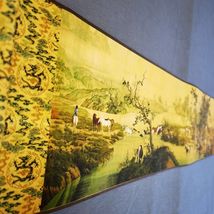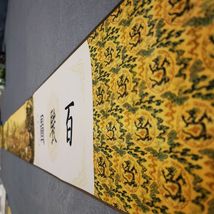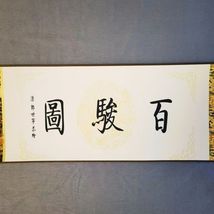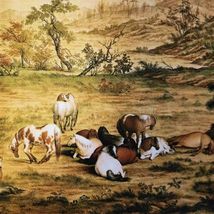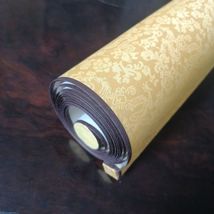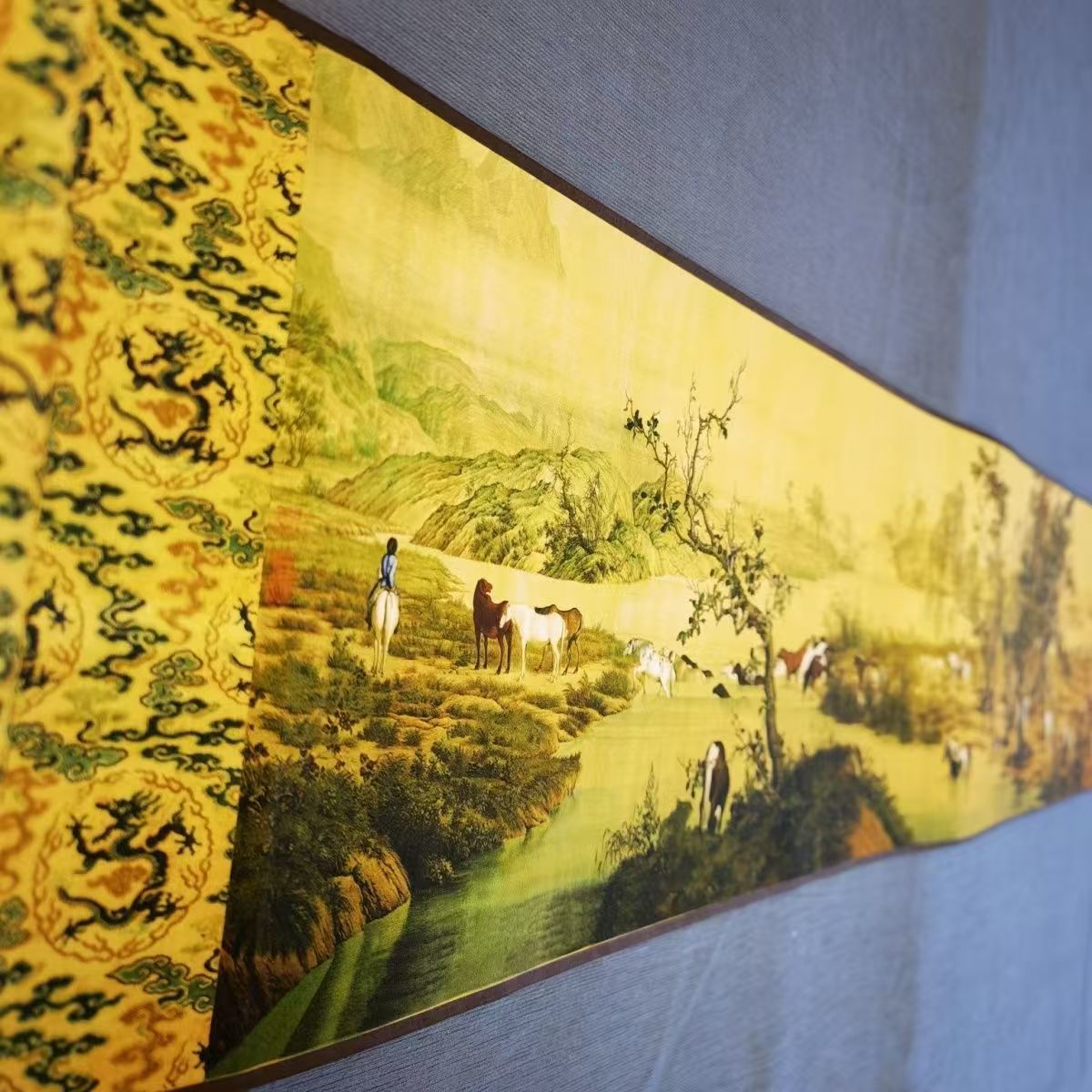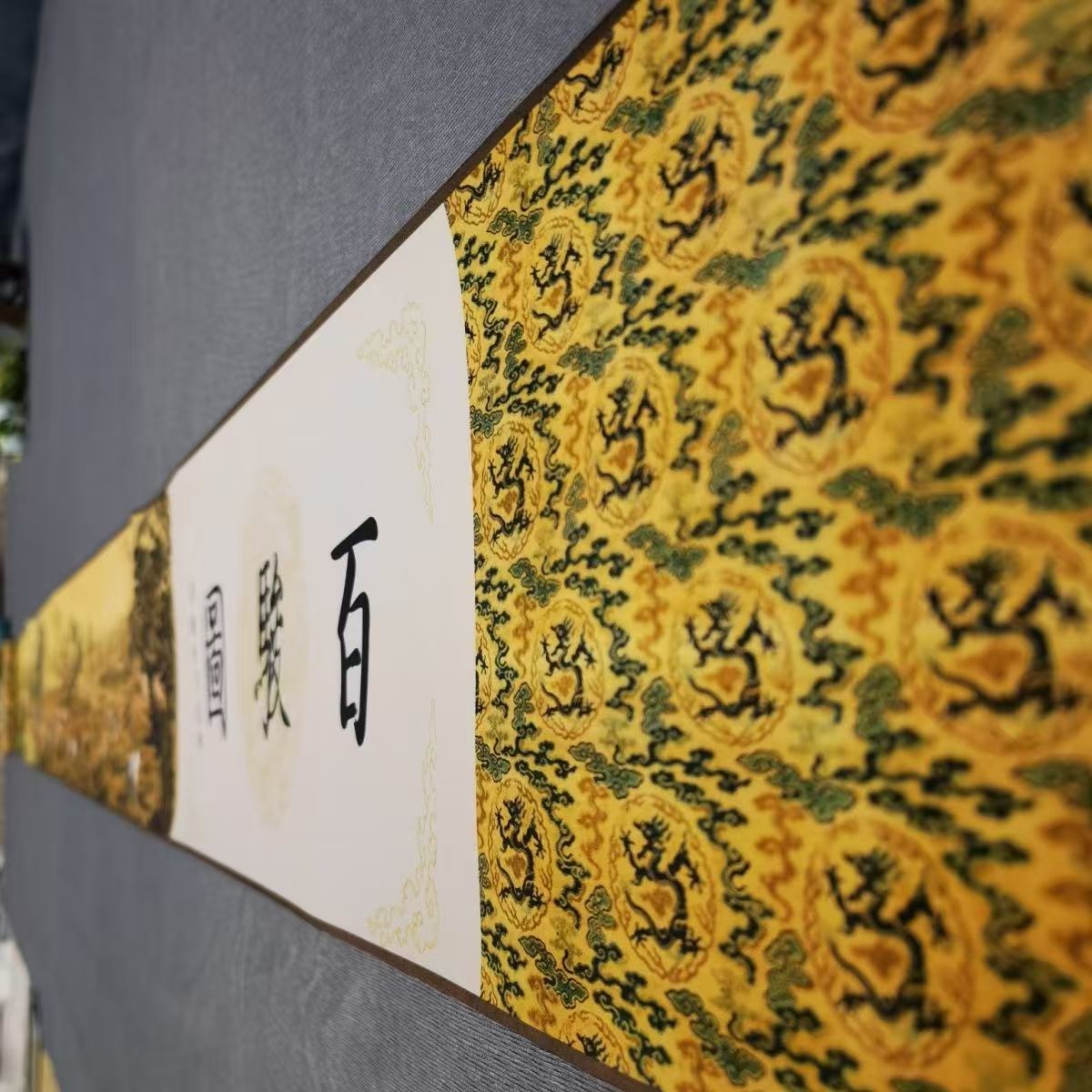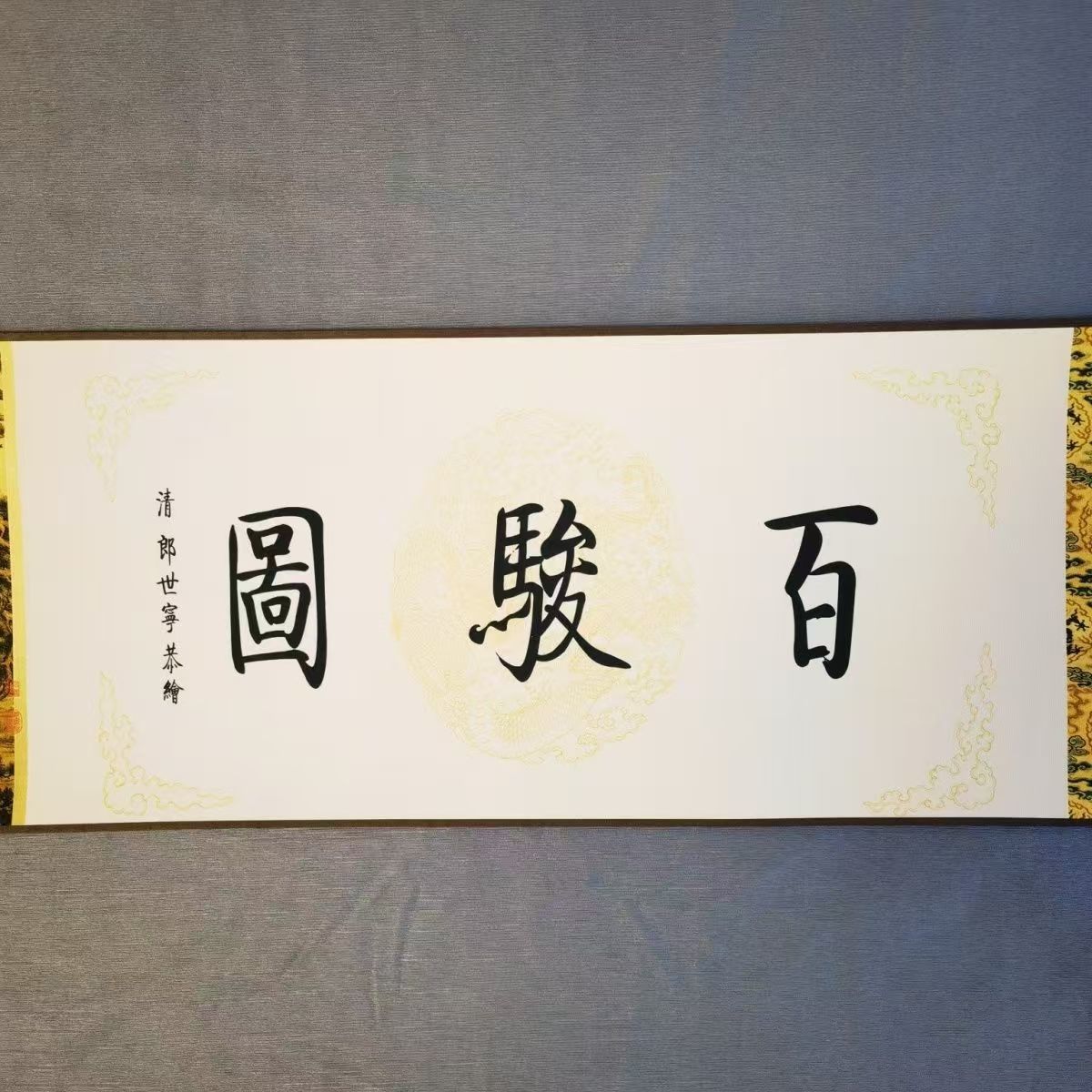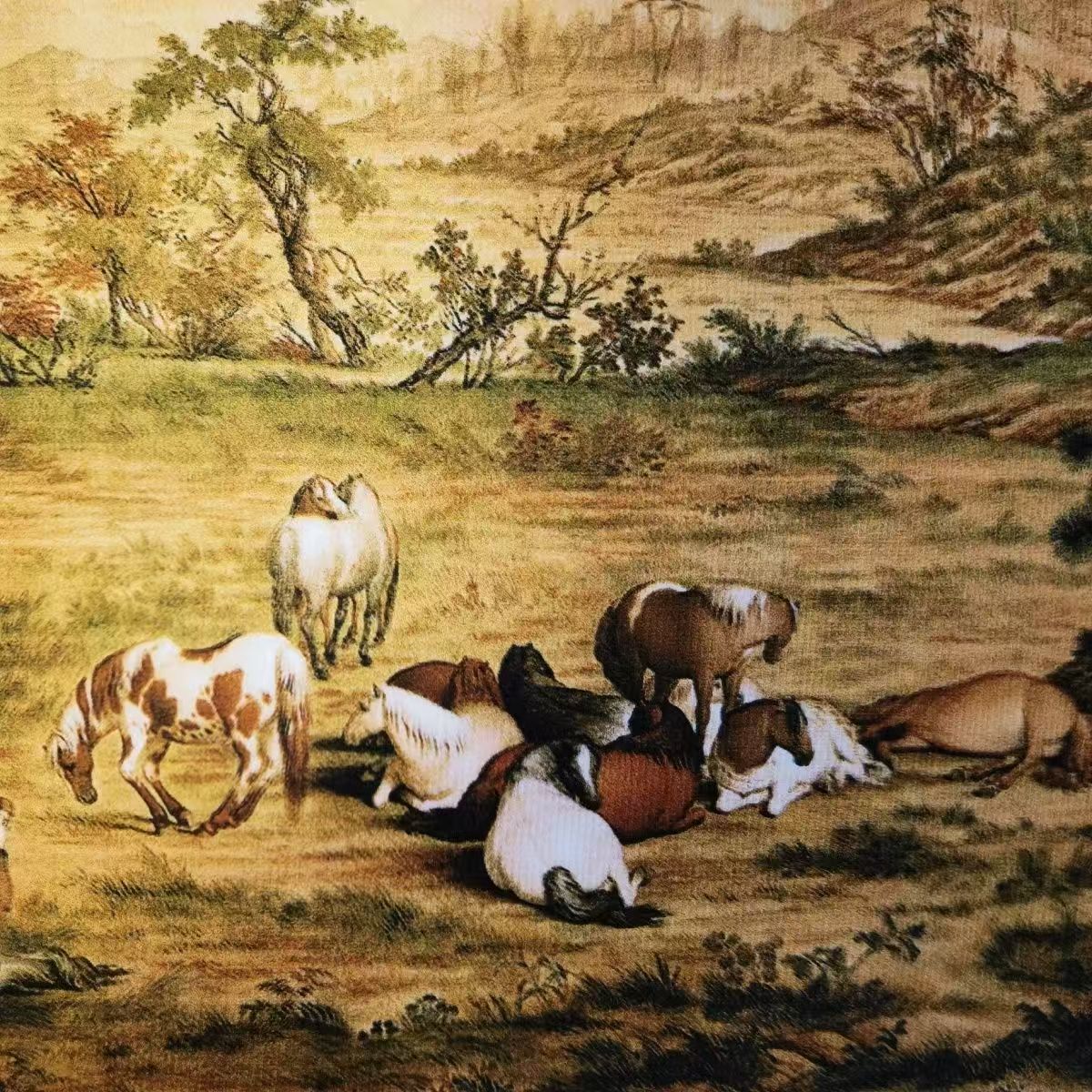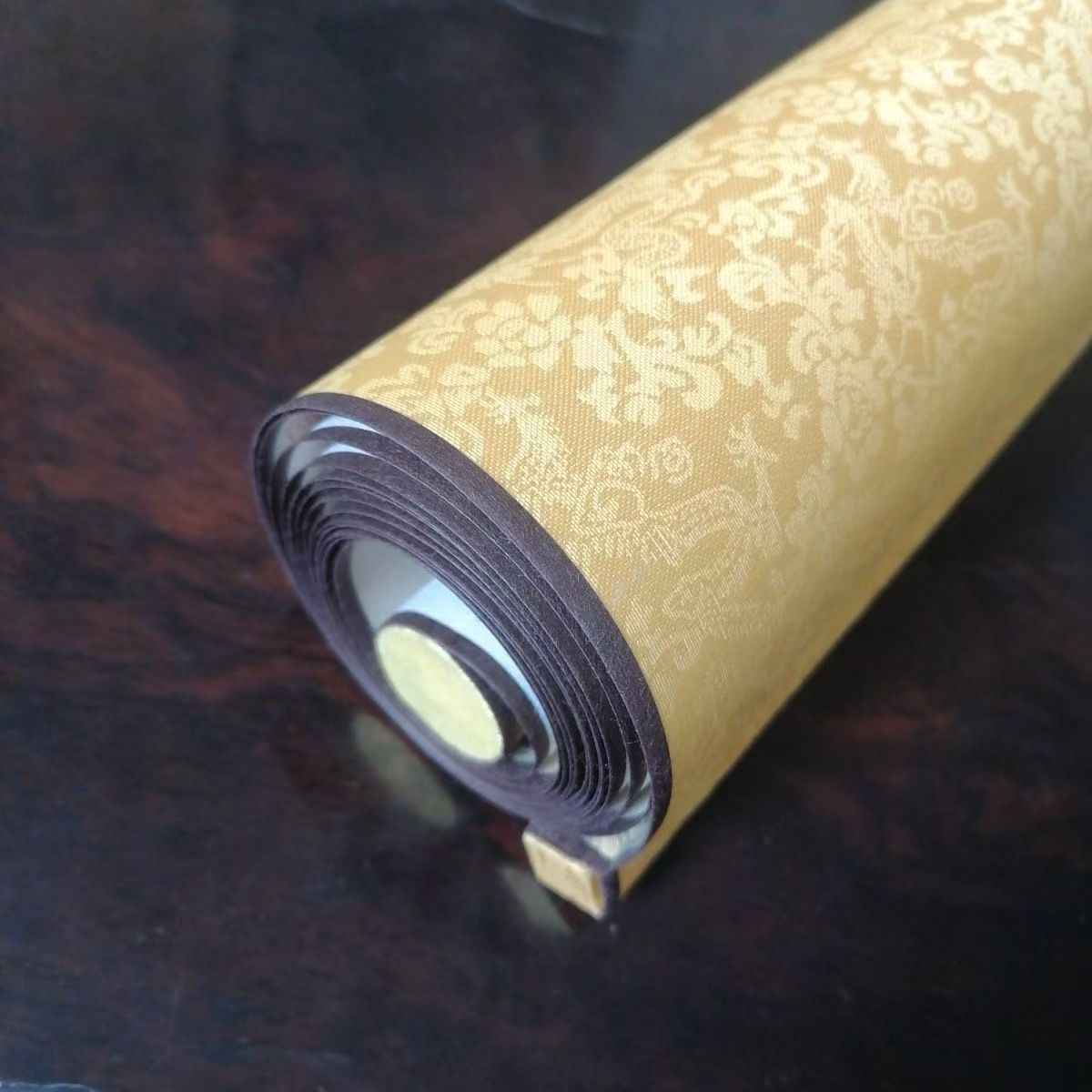Rendered at 21:34:35 08/02/25
Envío gratis
Replica of Traditional Chinese Painting Scroll Ink Art Decoration Hundred Horses
$473.86 MXN
Los buques de
China

Las opciones de envío
GRATIS en Mexico
Los buques de
China

Política de oferta
OBO - El vendedor acepta ofertas en este artículo.
Detalles
La política de devoluciones
Protección de compra
Opciones de pago
PayPal accepted
PayPal Credit accepted
Venmo accepted
PayPal, MasterCard, Visa, Discover, and American Express accepted
Maestro accepted
Amazon Pay accepted
Nuvei accepted
Las opciones de envío
GRATIS en Mexico
Los buques de
China

Política de oferta
OBO - El vendedor acepta ofertas en este artículo.
Detalles
La política de devoluciones
Protección de compra
Opciones de pago
PayPal accepted
PayPal Credit accepted
Venmo accepted
PayPal, MasterCard, Visa, Discover, and American Express accepted
Maestro accepted
Amazon Pay accepted
Nuvei accepted
Rasgos del artículo
| Categoría: | |
|---|---|
| cantidad disponible: |
100 En stock |
| Condition: |
New |
| Height: |
18.5cm |
| Width: |
220cm |
| Color: |
Brown |
Detalles del anuncio
| Envío de descuento: |
No ofrece el envío combinado |
|---|---|
| Publicado en venta: |
Más de una semana |
| Artículo número: |
1748404870 |
Descripción del Artículo
Introduction to Hundred Horses (????
Hundred Horses is a hand - scroll painting on silk with ink and color, created by Giuseppe Castiglione, an Italian - born court painter in the Qing Dynasty, in 1728 (the 6th year of Yongzheng reign in the Qing Dynasty). With a vertical length of 102 cm and a horizontal length of 813 cm, it is one of the "Ten Famous Traditional Chinese Paintings" and is currently housed in the National Palace Museum in Taipei. Its ink - line draft is collected in the Metropolitan Museum of Art in New York.
Creation Background
Giuseppe Castiglione was born in Milan, Italy in 1688. He came to China as a missionary in 1715 and became a court painter in the Qing Dynasty. In 1724 (the 2nd year of Yongzheng reign), under the order of Prince Yixiang, Yinxiang, Castiglione began to paint Hundred Horses. After four years of hard work, he completed this masterpiece in 1728. The Manchu - ruled Qing Dynasty had a special affection for horses, as the Manchu people were a horse - riding ethnic group. Castiglione painted this work to show gratitude for Yongzheng's appreciation and his own loyalty.
Work Content
The painting depicts 100 horses and 11 grooms. The horses are in various postures, leisurely grazing, resting, playing, or interacting. The grooms are placed in unobtrusive positions yet are in control of the horse groups. The background features mountains, rivers, trees, and grasslands, highlighting the horses as the main subject while also exuding a rich sense of life. Structurally, it can be divided into three parts, separated by four groups of sturdy pine and cypress trees.
Artistic Features
This painting combines Western realistic techniques with traditional Chinese landscape painting methods. Castiglione integrated Western focus perspective with Chinese scattered - point perspective, using a mobile observation method to present a profound and expansive scene. In terms of brushwork, he adopted traditional Chinese meticulous - painting techniques. While maintaining the Western oil - painting features of light and shade and anatomical structure, it also absorbs the characteristics of traditional Chinese painting, softening the strong light and shadow, and presenting a more gentle and flat - light effect.
Influence
Hundred Horses is a masterpiece that combines Chinese and Western art, which not only shows Castiglione's superb painting skills but also reflects the cultural and artistic exchanges between China and the West during that period. It has had a profound impact on the development of Chinese painting and is an important cultural heritage in the history of art.
Added to your wish list!
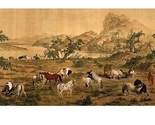
- Replica of Traditional Chinese Painting Scroll Ink Art Decoration Hundred Horses
- 100 in stock
- Price negotiable
Get an item reminder
We'll email you a link to your item now and follow up with a single reminder (if you'd like one). That's it! No spam, no hassle.
Already have an account?
Log in and add this item to your wish list.




